- Your cart is empty
- Continue Shopping
Pelli-Robson Contrast Sensitivity Chart set/2 charts
Product Description
Contrast sensitivity is the ability of the visual system to detect large but faint targets. There are some pathological conditions that reduce contrast sensitivity without impairing visual acuity, and the test will help in the identification of these conditions. However, reduced contrast sensitivity and reduced visual acuity often occur together, so that some (by no means all) children with visual impairment also have reduced contrast sensitivity. Tests for the two functions are therefore complementary and obtaining a measure of both will give a fuller description of visual deficits than will one alone. A child with visual impairment who retains good contrast sensitivity will benefit from enlargement of tasks . he or she sees large faint objects well.
A child with an equivalent acuity but with reduced contrast sensitivity has a much more severe impairment, and will not get the same benefit from enlargement. Large objects as well as small objects are difficult to see. So a measurement of contrast sensitivity can help determine appropriate management of a child’s impairment. Treatment for visual deficits (including amblyopia therapies) can result in improved contrast sensitivity sometimes in the absence of increased visual acuity. Contrast sensitivity can therefore be an essential tool in monitoring therapies. Some progressive eye conditions will result in changes in contrast sensitivity, so that monitoring contrast sensitivity alongside visual acuity (and other visual functions) may be essential in determining progress of the condition.
There are 3 series of charts, Each chart can be purchased individually, charts come with 50 Recording sheet, additional sheet can be purchased with item code 4497-RS
Features Traditional Sloan Optotypes
For use at 100cm (1m)
Includes two charts which may be wall or easel mounted and score sheets.
Illumination of 85 cd/m² is key to good results
Designed by DG Pelli, JG Robson and A J Wilkins, because they see contrast sensitivity as a realistic assessment of how well the patient sees large faint objects.
The chart follows the luminance, font, and letter spacing recommendations of the Committee on Vision of the National Academy of Sciences and National Research Council (Adv. Ophthal 41, 103-148, 1980).
The letter sequences are organized into groups of three (triplets) with two triplets per line. Within each triplet, all letters have the same contrast. The contrast decreases from one triplet to the next, even within one line.
The testing of contrast sensitivity on a regular basis is key to detecting early signs of diseases such as Parkinson’s, Glaucoma, and Cataracts. By testing with several different contrast levels configured together, the patient’s contrast sensitivity level is better assessed and records will be more precise.
| Chart Distance |
1m / 40in |
|---|---|
| Utilize with a Cabinet |
No |
| Utilize with which Cabinet |
None |
| Contrast Level |
Mixed |
| Patient Type |
General/Literate |
| Optotype |
EURO-WIDE |
| Optotype Arrangement |
Fixed-Non-Log Size/Spacing |
| ETDRS Format |
No |
| MassVAT Chart |
No |
| Translucent Chart |
No |
| Cord |
No |
| Chart Size (Inches) |
33×23.5 in |
| Chart Size (cm) |
83.8×56.7 cm |
| Weight | 10 kg |
|---|


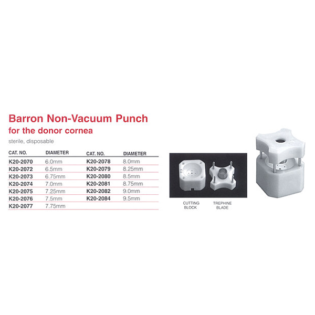

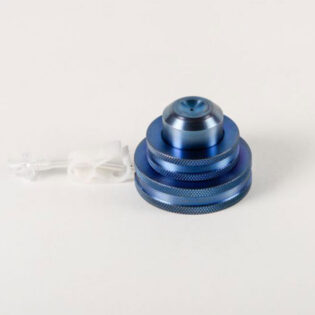
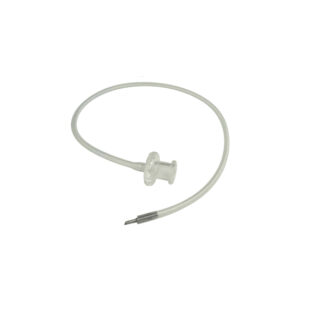

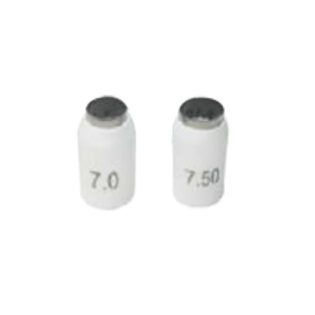

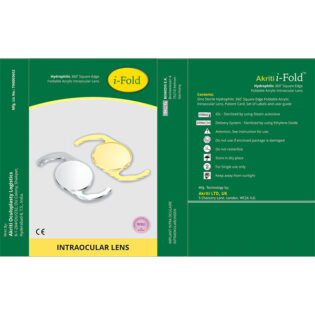


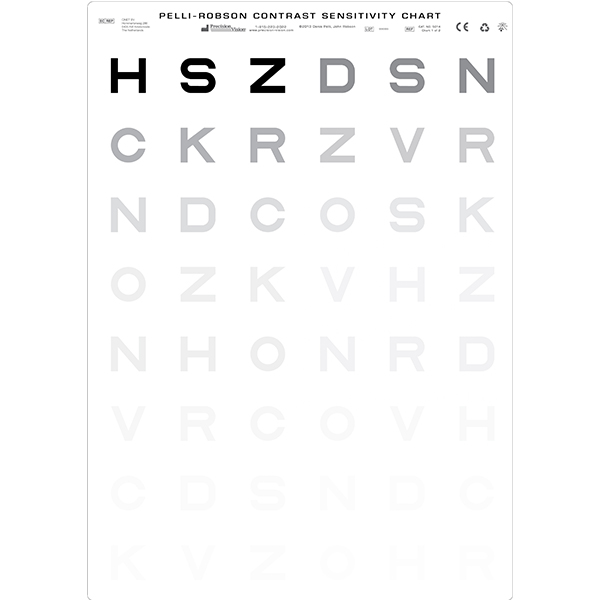
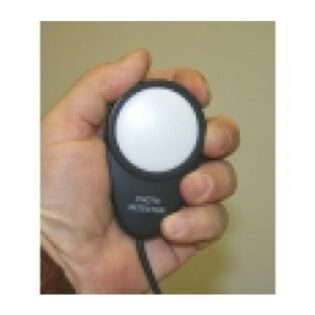
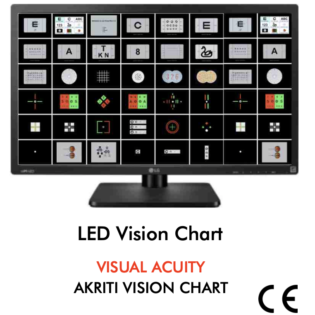
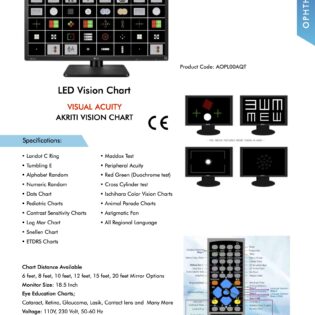
Reviews
There are no reviews yet.